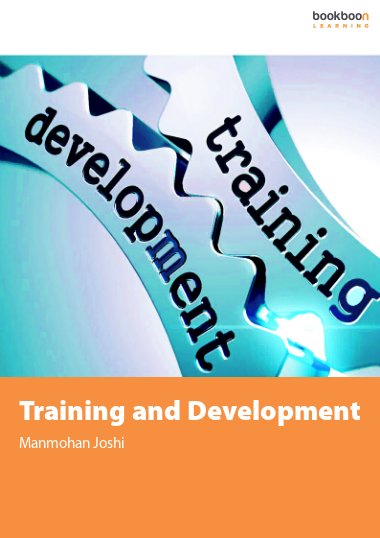An organization without adequate exposure to training will have innumerable problems, conflicts and clashes which may not be visible or understood at surface level. Moreover, there are tremendous all round changes in the working atmosphere due to development of science and technology. In almost all organizations the working methods and procedures, processing and storage of data, management information systems, marketing, methods of transportation, wages etc. are being changed continuously. It is imperative on the part of the employees to have the necessary skills, knowledge and attitude orientation in order to adapt to the changing environment and for better performance. Hence there is a great need for arranging training and development of its personnel. This book gives a glimpse into the training and development aspects of modern organizations.


